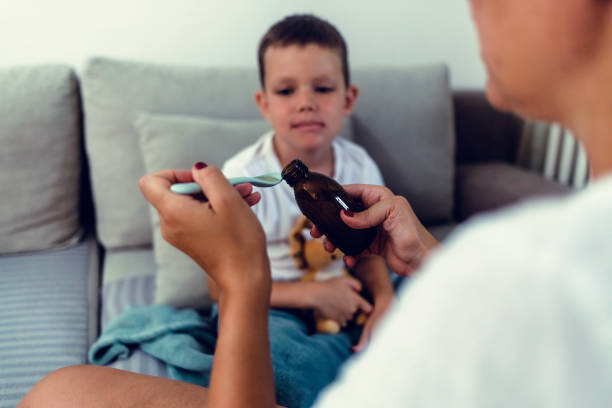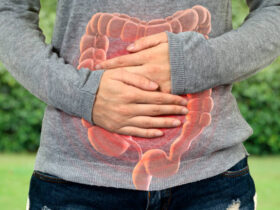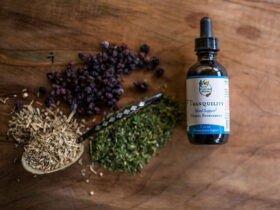Food allergies in children are a growing concern for parents worldwide. Identifying potential allergens early can prevent severe allergic reactions and ensure a healthier lifestyle. A food allergy test for kids is an essential step in diagnosing and managing food allergies effectively. This article explores the different methods of testing, their benefits, and what parents should expect during the process.
Why is a Food Allergy Test for Kids Important?
Food allergies can cause mild to severe reactions, ranging from skin rashes to anaphylaxis. Identifying allergens early can help parents eliminate dangerous foods from their child’s diet and avoid potential health risks. A food allergy test for kids helps pinpoint specific food triggers, allowing for a more controlled and safe dietary plan.
Types of Food Allergy Tests for Kids
- Allergen Skin Test for Kids
An allergen skin test for kids is a common diagnostic method to detect food allergies. This test involves applying small amounts of suspected allergens to the skin and monitoring the reaction. The test is quick, relatively painless, and provides fast results.
How It Works:
- A small amount of allergen is placed on the skin.
- The skin is pricked or scratched to allow allergen penetration.
- A positive reaction, such as redness or swelling, indicates an allergy.
- Blood Test for Food Allergies
A blood test measures the immune system’s response to specific foods by detecting Immunoglobulin E (IgE) antibodies. This test is useful when skin testing is not an option, such as in cases of severe eczema or when antihistamines interfere with results.
How It Works:
- A small blood sample is taken from the child.
- The sample is analyzed for IgE antibody levels.
- Higher IgE levels indicate potential allergies.
- Elimination Diet
An elimination diet involves removing suspected allergens from a child’s diet for a few weeks and then reintroducing them one by one. If symptoms reappear after consuming a specific food, it confirms the allergy.
How It Works:
- The child avoids common allergens for 2-4 weeks.
- Foods are reintroduced gradually under medical supervision.
- Reactions are monitored and recorded.
What to Expect During an Allergy Skin Test for Kids?
Parents may worry about their child’s discomfort during an allergy skin test for kids, but the procedure is generally safe and well-tolerated. Here’s what to expect:
- The test is usually conducted on the forearm or back.
- Mild itching or redness may occur but subsides quickly.
- Results are typically available within 15-30 minutes.
Precautions to Take Before a Food Allergy Test for Kids
- Avoid giving antihistamines before the test, as they may interfere with results.
- Inform the doctor about any medications the child is taking.
- Ensure the child is comfortable and reassured throughout the process.
Conclusion: Ensuring a Safe and Healthy Diet for Kids with Food Allergies
A food allergy test for kids is a crucial step in identifying and managing food allergies. Whether through an allergen skin test for kids, blood tests, or elimination diets, early diagnosis helps parents make informed dietary choices and prevent severe allergic reactions. If you suspect your child has a food allergy, consult an allergist to determine the most suitable testing method and create a personalized allergy management plan.













